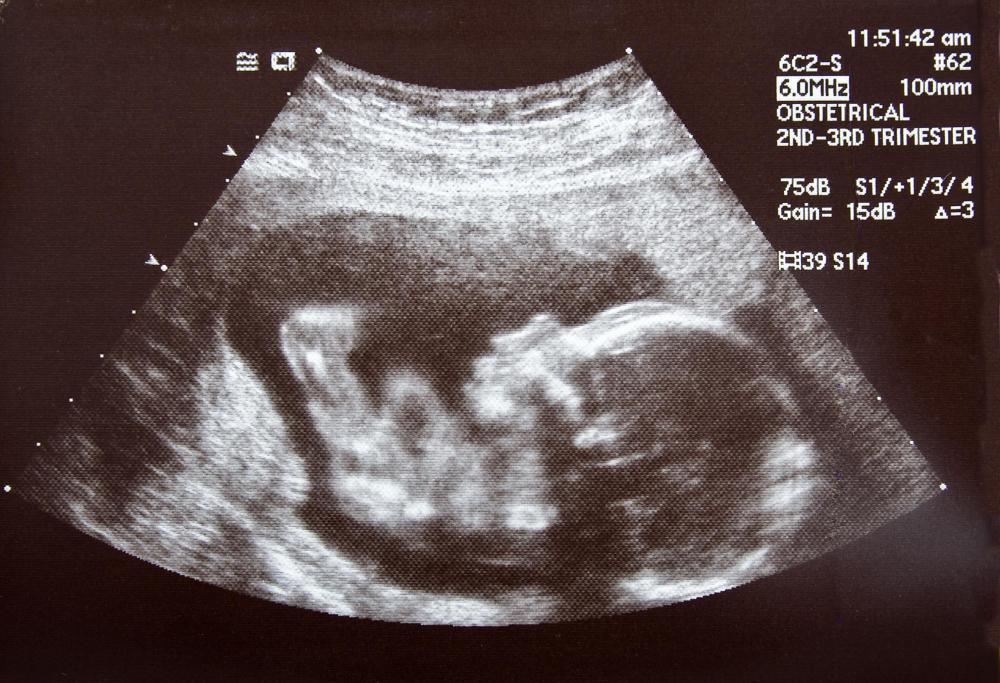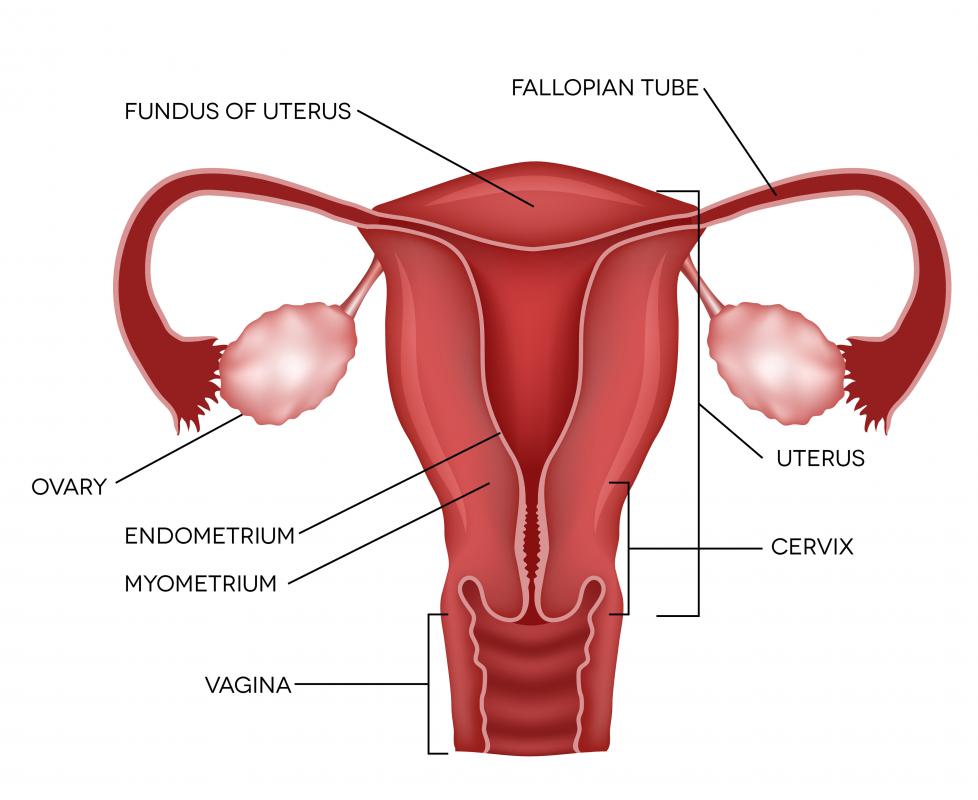At WiseGEEK, we're committed to delivering accurate, trustworthy information. Our expert-authored content is rigorously fact-checked and sourced from credible authorities. Discover how we uphold the highest standards in providing you with reliable knowledge.
What are Common Causes of Neonatal Asphyxia?
Neonatal asphyxia, a damaging condition in which a newborn child is deprived of oxygen, is most commonly caused by childbirth itself. The mother can experience significant blood loss during the procedure, which in turn reduces the amount of oxygen available to the infant. This can be aggravated by placental abruption. Another common cause of neonatal asphyxia is obstruction of the umbilical cord, the main passageway for the unborn infant's oxygen supply. Medical issues such as hydrocephalus and spina bifida are among several other risk factors for neonatal asphyxia.
Among the many complications that can arise during childbirth, neonatal asphyxia is one of the most alarming. If neonatal resuscitation is not immediately performed to improve oxygen supply, the infant could suffer significant organ damage. Brain damage is a major risk associated with neonatal asphyxia, leading to possible developmental delay.

The condition most commonly occurs as a result of the blood loss during childbirth. As the mother's blood levels drop, so does the amount of oxygen available to the infant. The complication can begin even before the procedure. Placental abruption, in which the placenta detaches from the uterine wall, can cause heavy vaginal bleeding, which in turn increases the risk of neonatal asphyxia.

Umbilical cord obstruction is another complication that can lead to neonatal asphyxia. The umbilical cord is responsible for transferring vital nutrients from the mother to the infant; chief among these nutrients is oxygen. If the cord is compressed, the infant's oxygen supply can be severely compromised.
Several serious medical conditions can also reduce an infant's oxygen supplies to dangerous levels. Hydrocephalus, an overabundance of cerebrospinal fluid in the brain, can deter the flow of oxygen throughout an infant's body. Nerve damage resulting from spina bifida can also compromise an infant's ability to absorb oxygen. Other related medical issues that can lead to neonatal asphyxia include diabetes, anencephaly, and dystocia.

In some cases, neonatal asphyxia can be a result of the infant's weakness to external factors. One such factor is the existence of another fetus in a multiple pregnancy. One fetus might be weaker than the other, and so it absorbs a smaller share of the limited oxygen supply. In other cases, epidural anesthesia can affect a particularly sensitive infant's ability to absorb oxygen from the mother.

Treating neonatal asphyxia immediately is of utmost importance. Poorly-oxygenated organs are prone to damage. The resulting damage might be untreatable in severe cases. In the most extreme cases, the lack of oxygen can cause the infant to suffer cardiac arrest, resulting in death.
AS FEATURED ON:
AS FEATURED ON:

















Discuss this Article
Post your comments